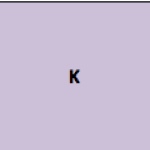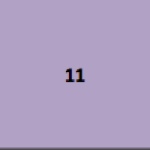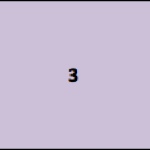Information
-
Audit Title
-
Document No.
-
Client / Site
-
Conducted on
-
Prepared by
-
Location
-
Personnel
Engineering Design
-
Design critera and constraints, which typically reflect the needs of the end-use of a technology or process, adress such things as the product's or system's function, or its durability, and limits on its size and cost.
-
Criteria and constraints also include satisfying any requirements set by society, such as taking issues of risk mitigation into account, and they should be qualified to the extent possible and stated in such a way that one can tell if a given design meets the criteria.
-
Humanity faces major global challenges today, which can be addressed through engineering.
-
To design something complicated on may need to break the problem into parts and attend each part separately but must then bring the parts together to test the overall plan.
-
When evaluating solutions, it is important to take into account a range of constraints, including cost, safety, reliability, and aesthetics and to consider social, cultural, and environmental impacts.
-
Testing should lead to improvements in the design through an iterative procedure. Both physical models can be used in various ways to aid in the engineering design process. Physical mdoels, or prototypes are helpful in testing product ideas or the properties of different materials.
-
Computer models are useful for a variety of purposes, such as in representing design in 3-D; in troubleshooting to identify and describe design problems; in running simulations to test different ways of solving a problem or to see which one is most efficient or economical; and in making a persuasive presentation to a client about how a given design will meet the needs.
-
The aim of engineering design is not simply to find a solution to a problem but to design the best solution under the given constraints and criteria. Optimization can be complex for a design problem with numerous desired qualities or outcomes. Criteria may need to be broken down into simpler parts that can be approached systematically, and decisions about the priority of certian criteria over others may be needed.
-
The comparison of multiple designs can be aided by a trade-off matrix. Sometimes a numerical weighting system can help evaluate design against multiple criteria. When evaulating solutions, all relevant considerations, including cost, safety, reliability, and aesthetic, social, cultural, and environmental impacts should be included.
-
Testing should lead to design improvements through an iterative process, and computer simulations are one useful way of running such tests.
Links Among Engineering, Technology, Science, & Society
-
Science and engineering complement each other in the cycle known as research and development.
-
Many Research and Design (R&D) projects may involve scientists, engineers, and others with wide range of expertise.
-
Modern civilization depends on major technological systems, including those related to agriculture, health, water, energy, transportation, manufacturing, construction, and communications.
-
Engineers continually modify these technological systems by applying scientific and engineering knowledge and practices to increase benefits while decreasing costs and risks.
-
Widespread adoption of technological innovations often depends on market forces or other societal demands, but it may also be subject to evaluation by scientists and engineers and to eventual government regulations.
-
New technologies can have deep impacts on society and the environment, including some that were not anticipated or that may build over time to a level that requires attention or mitigation.
-
Analysis of costs, enviromental impacts, risks, and benefits, are critical aspects of decisions about technological use.









